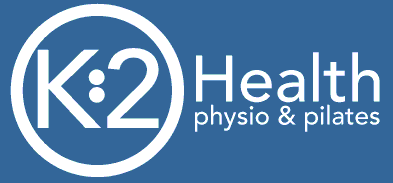K2 Corner – Shoulder Exercises
What is the best way to look after your shoulder?
Whether you are a sailor, swimmer, gym goer or a social butterfly, your shoulder plays an important role in your daily life.
The shoulder is made up of 3 joints that need to move in a way that results in a smooth and balanced movement.
The movement of these three joints is controlled by a group of muscles, joined to the bones by their tendons, that need to be balanced in strength, and flexibility so they can work together as a team creating a stable area that enables optimal function of the arms.
Strengthening the posture and core muscles first, will provide a stable base for our arms to work off.
Have you ever seen the arm of a crane lift a heavy load of concrete without the base of the crane being on solid sturdy ground? I don’t think so.
The body is the same. A stable core/base is important to give our limbs a solid foundation to work off.
How do we strengthen our upper core you ask?
Exercises that improve our posture and strengthen our anti-gravity muscles will help strengthen our core and its stability.
Some simple exercises are:
1. Shoulder blade setting
Practice bringing your shoulder blades back and down.
Picture gently drawing your shoulder blades towards the hip on the opposite side.
This is a subtle movement, ensure you do not over strain your shoulder blades when performing this action.
Standing Row
Tie a resistance band around a solid object and hold the ends in each hand.
Stand on both legs with your feet hips width apart, keeping a good upright posture.
Bend your elbows and pull the band back, squeezing your shoulder blades together.
The elbows do not go back behind the body as this may strain the front of the shoulder.
Control the movement as you return your hands to the start position.
Keep your core strong throughout this exercise.
The exercises should not cause pain during or after movements, so please stop the exercise and speak with a professional to assess the situation.
More shoulder tips to come in future newsletters.
By Tracy Gregson (K2 Health)
Brukner & Khan’s Clinical Sports Medicine, 4th ed. Peter Brukner, Karim Khan Sydney: McGraw-Hill Australia; 2012
Image credit: Physitrac App
